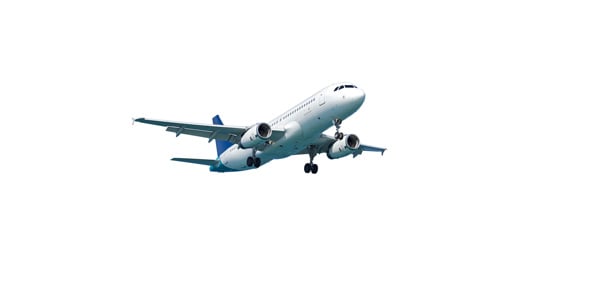Aircraft Maneuvering and Effects of Ground Effect & Wake Turbulence Quiz
- FAA
- EASA
- ICAO
2.
You may optionally provide this to label your report, leaderboard, or certificate.
×
Thank you for your feedback!
















